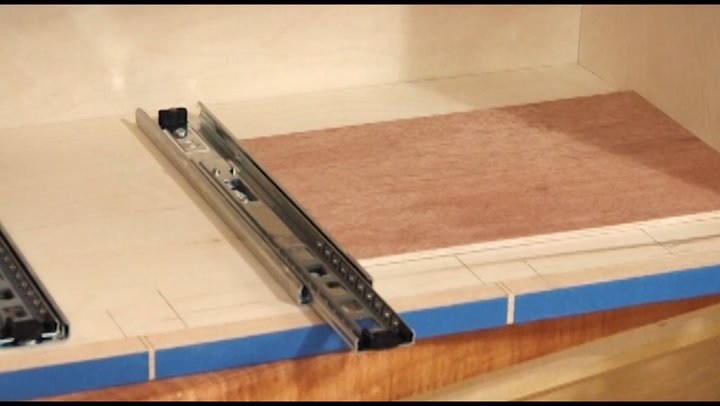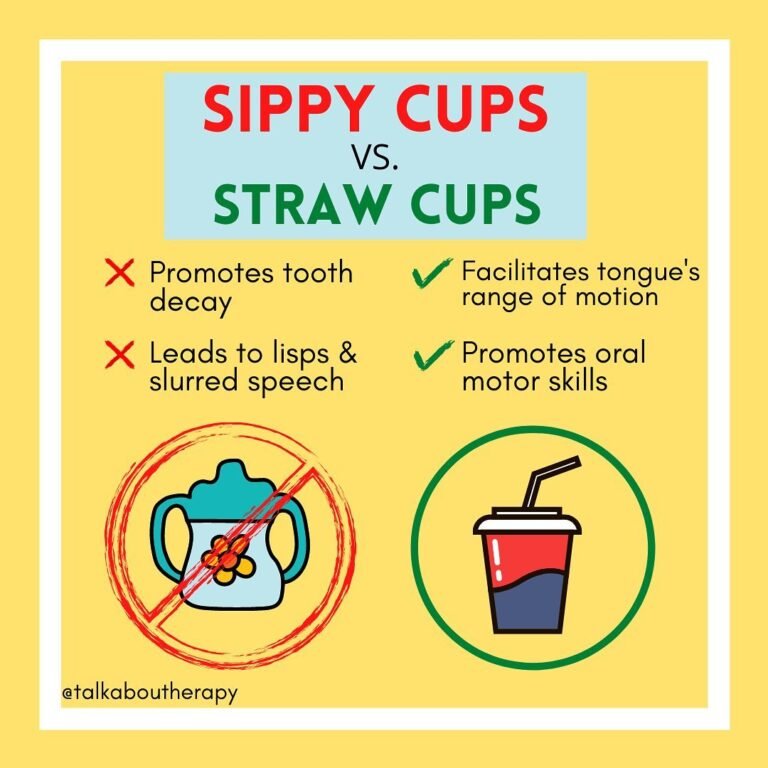Key Materials Used in High-Quality Drawer Slide Production
Drawer slides are essential components in furniture and cabinetry, enabling smooth and efficient drawer movement. Their performance and durability heavily depend on the quality of materials used during production. High-quality drawer slides not only improve user experience but also ensure long-term reliability, making material selection a crucial factor in the manufacturing process. This article explores the key materials used in the production of premium drawer slides and how each contributes to the product’s overall function and durability.
Importance of Material Selection in Drawer Slide Manufacturing
Material selection directly affects a drawer slide’s strength, load-bearing capacity, corrosion resistance, and lifespan. High-quality materials also ensure that the slides function smoothly and quietly, even after prolonged use. Reputable manufacturers invest heavily in sourcing materials that meet stringent standards for mechanical performance and longevity.
A leading Drawer Slides Manufacturer will often prioritize the use of advanced metals, coatings, and plastics to deliver a product that meets the diverse needs of residential, commercial, and industrial applications.
Cold-Rolled Steel
Cold-rolled steel is the most commonly used material in drawer slide manufacturing. It is known for its strength, uniform thickness, and smooth surface finish. The cold rolling process compresses the steel at room temperature, refining its grain structure and improving mechanical properties.
This material provides:
- High tensile strength: Ideal for handling heavy drawer loads
- Smooth finish: Allows seamless operation of moving parts
- Dimensional accuracy: Ensures consistency across mass-produced units
In addition to its mechanical benefits, cold-rolled steel is also cost-effective, making it the preferred choice for high-volume production.
Stainless Steel
For applications that demand superior corrosion resistance—such as in medical equipment, marine environments, or outdoor furniture—stainless steel is an excellent option. Stainless steel drawer slides are more expensive but offer unmatched durability in challenging environments.
Advantages include:
- Excellent rust and corrosion resistance
- Low maintenance
- Aesthetic appeal with a polished finish
- Resistance to heat and chemicals
Stainless steel is commonly used in industries that cannot tolerate material degradation over time, such as food service or laboratory settings.
Aluminum
Aluminum is another material used for specialized drawer slide applications. While not as strong as steel, it is significantly lighter, making it suitable for lightweight furniture, mobile storage units, or devices where weight reduction is critical.
Key benefits of aluminum include:
- Lightweight structure
- Resistance to corrosion
- Easy to machine and fabricate
- Recyclability and eco-friendliness
Aluminum drawer slides are often anodized to enhance surface hardness and appearance, offering both functionality and design flexibility.
Zinc Alloys
Zinc alloys are primarily used in components like brackets, levers, and end stops within the drawer slide system. They are valued for their strength, ductility, and resistance to wear. Zinc alloy die casting enables complex geometries that are difficult to achieve with other metals, making them ideal for detailed mechanisms within the slide system.
Benefits include:
- Precision molding
- Good surface finish for plating
- High impact strength
- Cost-effective for high-volume production
Zinc components are typically combined with steel or aluminum rails to enhance the overall functionality and reliability of the drawer slide.
Ball Bearings
Ball bearings play a vital role in ensuring smooth movement in telescopic drawer slides. These are typically made of stainless steel or hardened carbon steel, chosen for their hardness and wear resistance.
High-quality ball bearings ensure:
- Quiet and fluid drawer operation
- High load capacity
- Long operational life without lubrication issues
- Resistance to deformation under stress
The grade of ball bearings used can significantly affect performance, especially in applications involving frequent or heavy use.
Surface Coatings and Finishes
Beyond the base materials, surface treatment is critical in drawer slide production. Coatings such as zinc plating, black powder coating, and nickel-chrome plating protect the metal surfaces from rust, corrosion, and wear.
These finishes offer:
- Enhanced durability and resistance to environmental damage
- Improved visual appeal
- Lubrication properties that aid in smoother sliding
- Reduced noise and friction during operation
Manufacturers may also apply additional protective films or anti-rust oils before packaging to maintain product integrity during storage and transport.
Conclusion
The production of high-quality drawer slides involves more than just mechanical engineering—it begins with the careful selection of materials. From the sturdy backbone of cold-rolled steel to the lightweight benefits of aluminum and the durability of stainless steel, each material is chosen based on the intended use and environment.
For long-lasting performance and reliable operation, selecting products from a trusted Drawer Slides Manufacturer ensures that only the best materials and processes have gone into their creation. When drawer slides are made with precision and premium materials, they serve as dependable components in furniture and industrial equipment for years to come.







